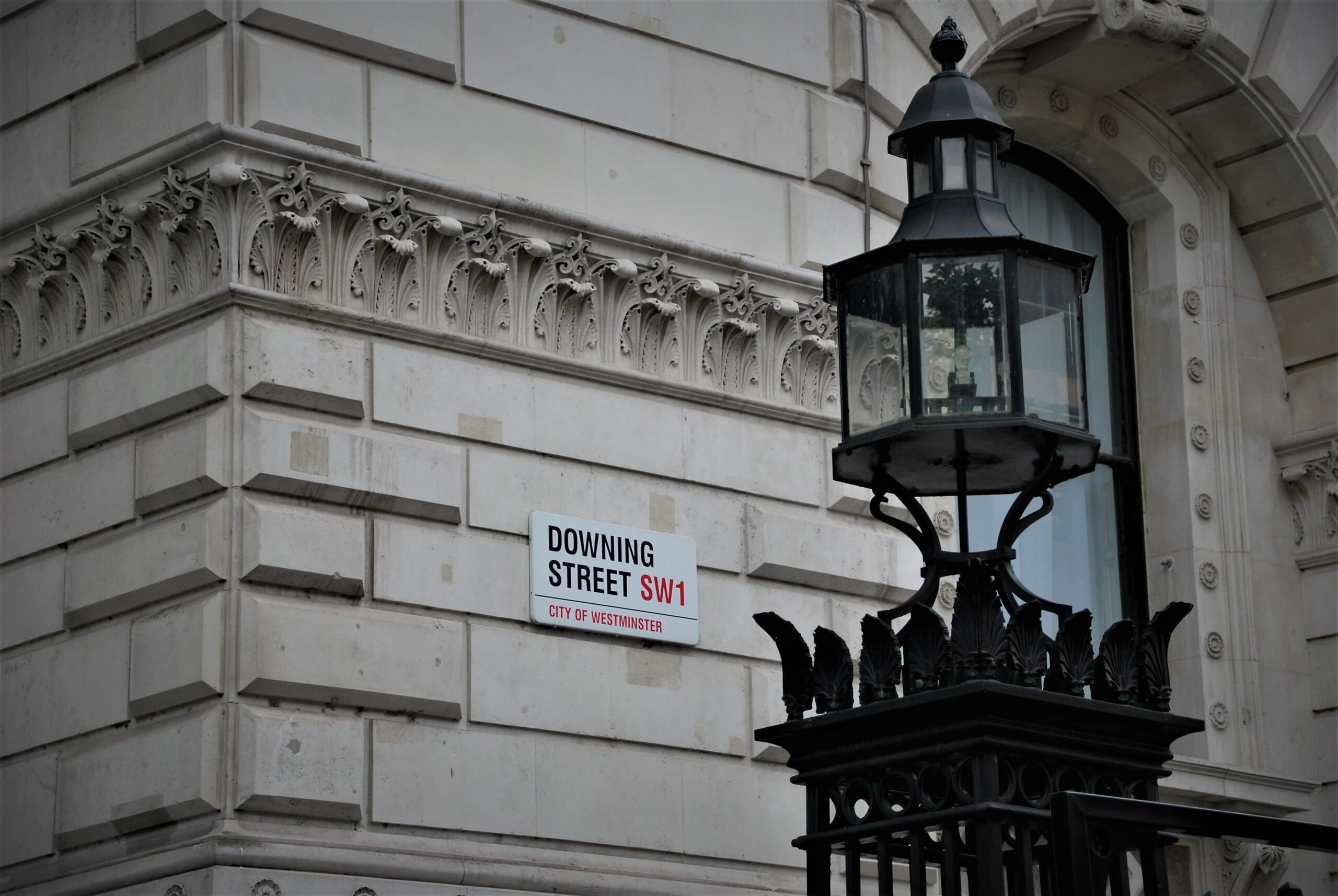
You’re ready to dip your toes into the world of homeownership, but before you take the plunge, it’s crucial to understand the different types of mortgages available to you. Whether you’re a first-time buyer or a seasoned homeowner looking to refinance, this article will guide you through the three main types of mortgages. By the end, you’ll have a clear understanding of fixed-rate mortgages, adjustable-rate mortgages, and government-insured mortgages, empowering you to make the best decision for your personal financial goals. So, let’s take a closer look at these mortgage options and find the perfect fit for you. When it comes to obtaining a mortgage, there are various options available to you. Understanding the different types of mortgages can be a daunting task, but it doesn’t have to be. In this article, we will explore the three main types of mortgages: Conventional Mortgages, Government-Insured Mortgages, and Jumbo Mortgages. Each of these options has its unique features and benefits, so let’s dive in and explore them in detail.
Table of Contents
Conventional Mortgages
Let’s start with the most common type of mortgage – Conventional Mortgages. These mortgages are not insured or guaranteed by the government, which means they are backed by private lenders. One of the main advantages of conventional mortgages is the flexibility they offer.
Fixed-Rate Mortgages
A fixed-rate mortgage is the most popular choice amongst homebuyers. As the name suggests, the interest rate remains constant throughout the loan term. This means that your monthly mortgage payment will stay the same over the life of the loan, providing a sense of financial stability.
Adjustable-Rate Mortgages
If you are looking for more flexibility in your mortgage, an adjustable-rate mortgage (ARM) may be an appealing option. With an ARM, the interest rate is initially fixed for a specific period, typically ranging from 3 to 10 years. After the fixed period ends, the interest rate adjusts annually based on market conditions. This type of mortgage is suitable for those who plan to sell the property or refinance before the introductory period ends.

Government-Insured Mortgages
Government-insured mortgages are backed by federal agencies, providing lenders with an added level of security. These types of mortgages are often more accessible to individuals who may not qualify for conventional loans due to credit or income limitations. Let’s take a closer look at three popular government-insured mortgage programs:
Federal Housing Administration (FHA) Loans
The Federal Housing Administration (FHA) offers loans that are designed to help individuals with lower credit scores and a limited down payment ability. FHA loans typically require a down payment as low as 3.5% of the purchase price, making it an attractive option for first-time homebuyers. In addition to its lenient credit requirements, FHA loans also offer competitive interest rates.
Veterans Affairs (VA) Loans
VA loans are exclusively available to veterans, active-duty service members, and eligible surviving spouses. These loans are backed by the Department of Veterans Affairs and offer various benefits, including no down payment requirement and no mortgage insurance premiums. VA loans provide a great opportunity for those who have served our country to achieve homeownership.
US Department of Agriculture (USDA) Loans
The US Department of Agriculture (USDA) provides loans to individuals living in rural areas who meet certain income requirements. USDA loans offer 100% financing, meaning no down payment is required. This type of mortgages can be an excellent option for individuals who are looking to buy a home outside of urban areas.

Jumbo Mortgages
Jumbo mortgages are home loans that exceed the conforming loan limits set by Fannie Mae and Freddie Mac, two government-sponsored enterprises. These loans are often used for purchasing luxury properties or homes in high-cost areas. Let’s delve into the details of jumbo mortgages:
Qualification Criteria
Qualifying for a jumbo mortgage can be more challenging than obtaining a traditional mortgage. Lenders typically require a higher credit score, a lower debt-to-income ratio, and a substantial down payment. Additionally, lenders may request additional documentation to assess the borrower’s ability to repay a larger loan amount.
Interest Rates
Due to the higher loan amount and increased risk for lenders, jumbo mortgages tend to have higher interest rates compared to conventional mortgages. It’s crucial to shop around and compare rates from multiple lenders to secure the best possible terms on your jumbo mortgage.
Loan Limits
The loan limits for jumbo mortgages vary by location and are adjusted annually. These limits are set by Fannie Mae and Freddie Mac. For 2021, the maximum loan limit for most areas is $548,250. However, in high-cost areas, such as certain parts of California or New York City, the limit can go up to $822,375.
In conclusion, understanding the different types of mortgages is essential when embarking on your homebuying journey. Conventional mortgages offer flexibility, while government-insured mortgages provide attractive options for individuals with specific needs. Jumbo mortgages cater to those looking to finance larger loan amounts. By familiarizing yourself with these mortgage options, you can make an informed decision that aligns with your financial goals and homeownership dreams.








